What does it Mean to be Eco-friendly?
Eco means ecology. Eco-friendly refers to anything that won’t harm the environment. It involves the relationship between various living things with their respective environments.
So if you consider silicone an eco-friendly material, it should prove that it won’t harm the environment. Because that’s what friendly means in the term “eco-friendly.” Some experts even say that silicone should benefit the environment and be an eco-friendly material.

How will you know if silicone is eco-friendly? Start by getting to know the specific measuring standards.
For instance, the ISO or International Organisation for Standardisation has 3 types of ecolabels.
The first is a self-claim to compliance with general environmental regulations. This is usually not as stringent as the other eco-labels.
The second is getting certified datasheets proving you adhere to environmental indicators. Usually, these indicators rely on the standard generic values from regulating bodies.

The third is Type 1, or the highest ecolabel. To get this, you need verification by a third-party company that’ll check the material to see if it complies with published standards.
This means it meets and passes all the parameters and tests that prove it’s not harmful to the environment. Note that this measurement is not just for the current state of the material. The material should prove to pass the test for the whole life cycle.
If you’re looking for eco-friendly material, you must check those members of the GEN or Global Ecolabelling Network. Members of this network go through peer reviews to ensure they’re always compliant with the ISO.
With this in mind, let’s find out if silicone has what it takes to be eco-friendly. The best way to start is to dig deeper into what it’s made of.
Send Your Inquiry Now!
Quality Meets Affordability. Inquire Now for High-Quality Products at Low Volumes.
What is Silicone Made of?
Silicone is a combination of silica (silicon dioxide), oxygen, carbon, hydrogen, and other atoms. The presence of silica as one of its components makes some people assume that it’s sand.
But it’s not. Silica is a significant element of sand. However, after processing all the components to produce silicone, the properties differ from sand particles.
Also, you mustn’t confuse silicon and silicone because these two are very different from each other. Silicon is a natural chemical element. Silicone is a synthetic polymer that’s man-made.
Because it’s man-made, it can come in different forms like solid, liquid, or gel. It can also be challenging, soft, fluid, or like rubber.
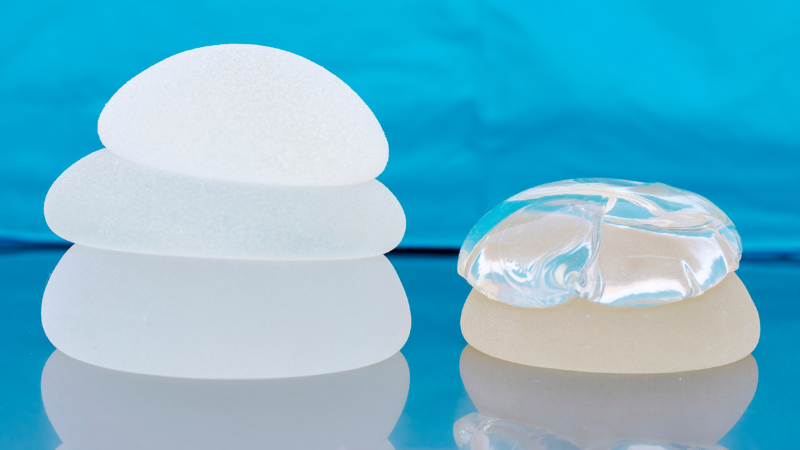
This is why many people prefer to use silicone as a material. It’s naturally versatile.
The Production of Silicone
But apart from the composition, it’s also essential to look at the production process of silicone. Part of it being eco-friendly is how it is made.
The thing is, isolating the silicone material from silica involves a very intensive process. It heats and reheats sand – in huge volumes.
This process involves consuming vast amounts of energy, not to mention burning fossil fuels. This leads to the production of carbon emissions, which are harmful to the environment.
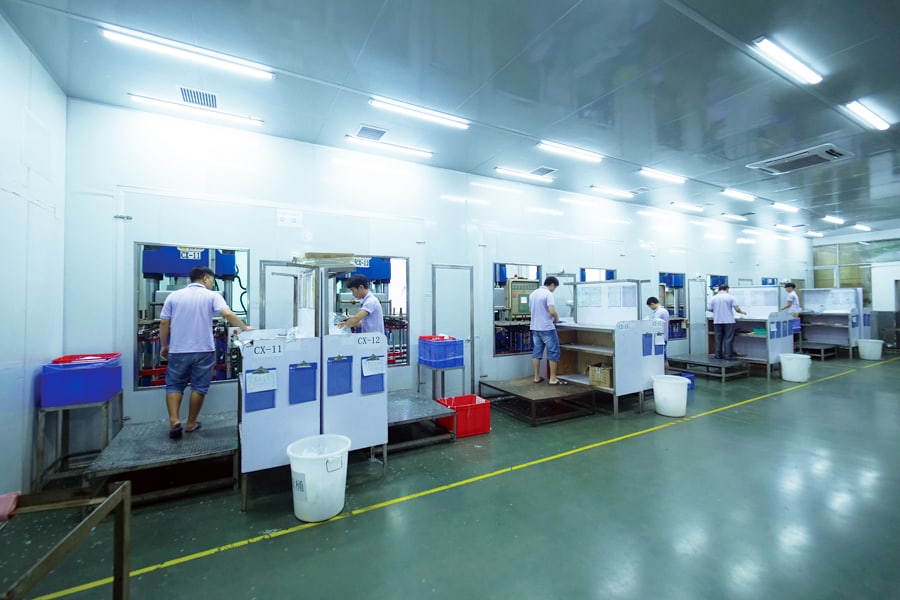
The furnace they use to separate silica and silicone also burns consistently because getting to the right temperature will consume a lot of fuel. So to minimize fuel consumption, manufacturers don’t turn the furnace off.
This means continuous carbon emissions coming from the furnace.
You also have to consider the carbon footprint from the transportation of the sand to the manufacturing facilities where they create silicone.
That means if you base it on the production of silicone, you can’t consider it eco-friendly.

The eco-friendly stamp of approval for Silicone
Despite the not-so-eco-friendly production, it seems that many organizations still give silicone the seal of approval.
For instance, Canadian regulatory agencies extensively review silicone to determine its safety. A thorough review of scientific data shows that silicone meets all safety regulations. It is therefore deemed safe for human health and the environment.
Health Canada (a federal government agency) and the EU’s SCCS (Scientific Committee of Consumer Safety) gave separate statements regarding using silicone and how it doesn’t threaten human life or health.
The EU SCCS statement is specific to using silicone as a material for cosmetic products.
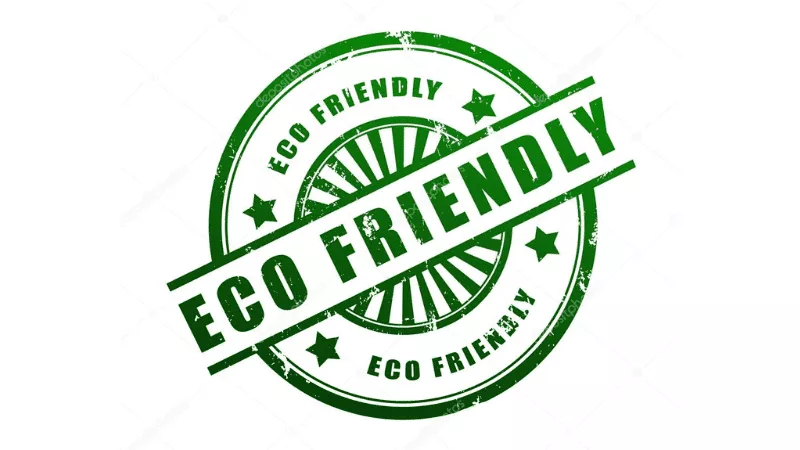
Another Canadian Board of Review report also mentions that Siloxane D5 is not an environmental threat. Or, at the very least, it does not show that it’s toxic to any living organism.
All these tests and approvals show that although silicone isn’t completely eco-friendly, it does not threaten humans and their environment.
Silicone manufacturers readily support safety tests to prove their products are safe for people and the environment. These tests also help deepen our understanding of silicone, revealing new uses for this durable, versatile, and flexible material.
Send Your Inquiry Now!
Quality Meets Affordability. Inquire Now for High-Quality Products at Low Volumes.
Silicone Vs. Plastic
If you compare silicone with plastic, you’ll conclude that the former is eco-friendly.
In many ways, silicone rubbers can be easily mistaken for plastic. There are undoubtedly similarities, but they should not be put in the same category. If you look at the history of silicone, you’ll learn that it would primarily replace plastic.
There are key differences in how silicone and plastic are sourced and produced. While both are man-made, plastic is entirely synthetic and derived from crude oil, resulting in a large carbon footprint.
In contrast, silicone doesn’t break down into harmful microplastics or release toxic gases.
Plastic is also less eco-friendly because it’s often designed for single use. Over time, it can degrade and release harmful substances, posing risks to both health and the environment.

Silicone, on the other hand, has silica as part of its composition. Silica is a natural substance on Earth. It can turn into silicon when it goes through a thorough heating process. It will then go through another process to become silicone.
This process is considerably less environmentally damaging when you compare it with plastic.
Also, silicone becomes safe for multiple uses after the proper treatment process. That’s because silicone is more durable and resilient in its structure. Its components will not disintegrate after one use.
Also, unlike plastic, it doesn’t contain bisphenol A (BPA) or phthalates. And its resilience allows it to maintain its structure despite high or low temperatures.
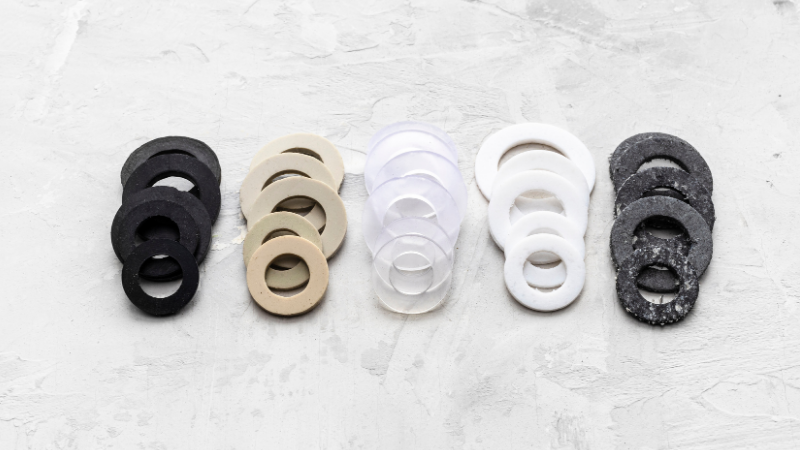
Silicone can also take on various shapes and fit different applications. You can learn about silicone rubber properties and applications.
Is Silicone Eco-friendly?
Let’s look at specific areas that affect how eco-friendly silicone can be.
1. Production
When you compare it with plastic, silicone is less harmful to produce. Plastic uses crude oil, a non-renewable resource. On the other hand, silicone comes from silica, which you can source from ordinary sand. This means it’s more abundant than crude oil.
However, turning silicone into what it is involves a process that can harm the environment. It uses natural oil and gas, and the furnace that heats silica is always on, so it consumes a lot of natural fuel.

2. Recyclability
Simply put, you can recycle silicone. But it has to go through a unique process in a recycling company to make it happen.
Most of the time, these recycling centers will use machines to de-polymerize silicone to make silicone oil, which is used as a lubricant for machinery. Or it can produce more rubber material.
While the recycling process keeps the silicone from ending up in a landfill, it also means there will be a carbon footprint as you transport it to the recycling company.
3. Durability

One of the best qualities of silicone is its flexibility and resilience. This means it can have different applications, and its original composition will stay the same.
But this does not mean it’s not prone to wear and tear. If it’s up against a very abrasive material, silicone can tear. So proper care and use are still necessary, so it can be beneficial for multiple uses.
Send Your Inquiry Now!
Quality Meets Affordability. Inquire Now for High-Quality Products at Low Volumes.
Is Silicone Biodegradable?
Is silicone biodegradable? Silicone may be a recyclable and sustainable material but not biodegradable. This is why some people think that this material is not eco-friendly.
Biodegradable means the material will decompose quickly. It won’t take a long time. Also, the decomposition process will not release harmful chemicals that are dangerous to the environment.
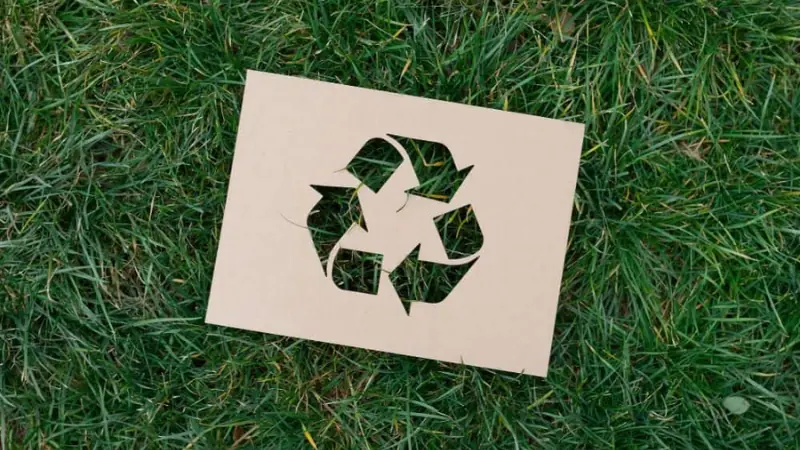
Although the recycling silicone process is complex and can only be done by the right company, it’s still an improvement if you compare it with plastic. It won’t have to contribute to a landfill and add to the waste pollution.
Because silicone is reusable, it’s less likely to end up as waste. With proper awareness, consumers can replace single-use plastics with durable silicone products, reducing environmental impact and promoting sustainability.
Eco-friendly Applications of Silicone
Silicone is a popular material because it has numerous qualities that can improve products. Its ability to take on different shapes and forms makes it ideal for various applications.
Here are a few examples of how silicone products are safe for human use and their environmental effects.
1. For personal care products

Silicone is a common ingredient in deodorants. It minimizes the white residue from antiperspirants.
It’s also responsible for making cosmetics and hair cleaning products (shampoo and conditioner) last longer – specifically, the products’ color and ability to impart shine.
Silicone also gives higher SPF strength to lotions, sunscreens, cleansers, and other skincare and cosmetic products. It also helps smooth the consistency enough to allow a more straightforward application.
2. For clothing and sports
Another application of silicone is for goggles and diving masks. It helps keep the water out so people can use it for professional and recreational purposes.
Since silicone is lightweight, durable, and non-allergenic, it can come into contact with the skin and won’t irritate.
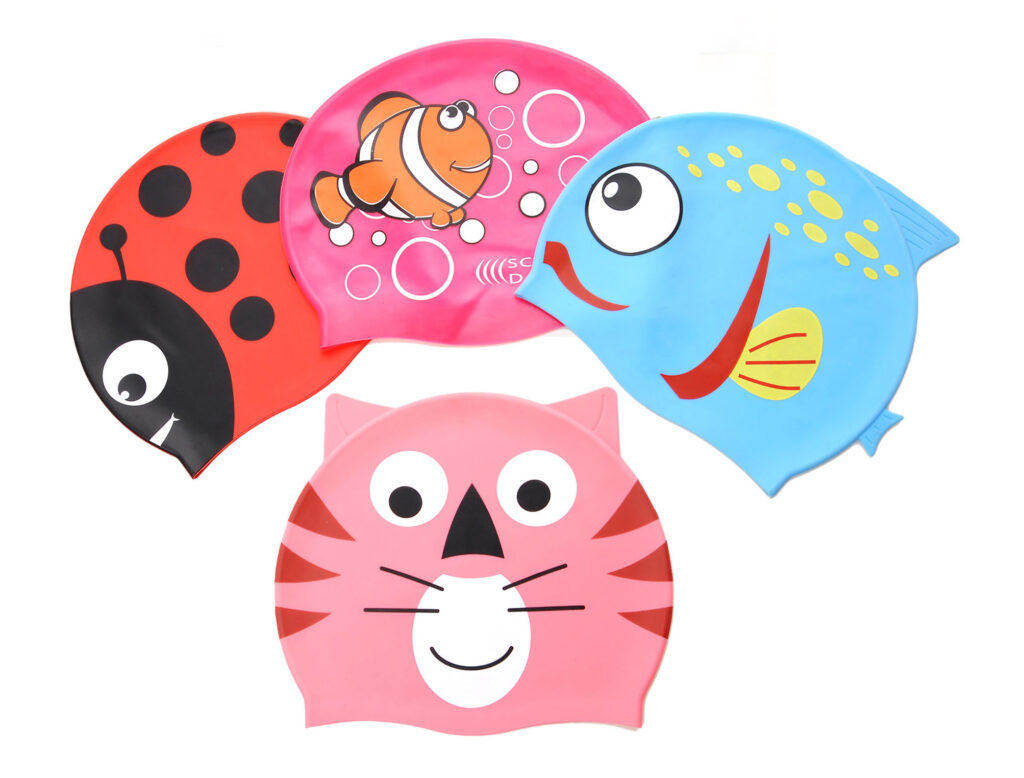
Silicone also has properties that give fabrics breathability. It can be an excellent option for high-endurance activities combined with other materials.
3. For kitchenware
Silicone products are used in the kitchen, common silicone spatulas, silicone bakeware, and silicone cookware. The non-stick features of cookware and bakeware are only possible because of silicone.
It’s also why some kitchenware like silicone food storage containers, and silicone cookware can be very easy to clean and won’t affect the taste or smell of food.
The silicone coating on these products allows food storage containers and molds to go from the freezer to the microwave, oven, or dishwasher without altering the food’s taste and quality.
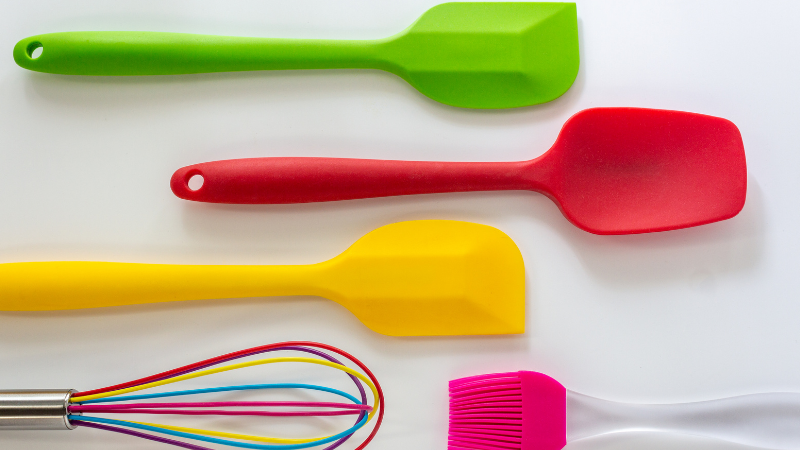
4. For energy and electronics
Silicone is an excellent material for making durable, efficient, and cost-effective solar panels and other photovoltaic devices. As a material, silicone can withstand exposure to UV rays without compromising the device’s or equipment’s performance.
When it comes to electronic devices, these use a more durable and sturdy version of silicone. It’s ideal for various computer parts like keyboards, keypads, etc.
It’s also a popular material for mobile devices, home equipment, and even LED lighting technology. Silicone’s high thermal resistance and electrical properties make it ideal for these applications.
5. For aviation and transportation
Silicone is ideal in high and low-temperature environments. It can also be a flexible material, making it an excellent sealant to avoid leakages in fuel tanks, engine gaskets, hydraulic switches, etc.
It can help protect electrical wires, vent ducts, and black boxes in aviation industries.

This can also be ideal for sealing windows, hatches, doors, and other openings for security and protection.
6. For Construction
Anything that’s about construction can benefit from the use of silicone as a material. Whether it’s to create glass walls or enable energy-efficient architecture, silicone has the suitable properties to help with these applications.
It can also be ideal for home applications, specifically sealing and caulking. It ensures that windows and doors have proper sealing to reduce energy consumption and stop the build-up of bacteria through moisture and leaks.
There’s also new paint with silicone to keep exterior coatings strong enough to withstand outdoor elements without cracking or succumbing to corrosion problems.
Send Your Inquiry Now!
Quality Meets Affordability. Inquire Now for High-Quality Products at Low Volumes.
The VERDICT: Is Silicone Environment-Friendly?
Yes, but it has to be the type of silicone that goes through the proper process to make it safe.
If you compare it to plastic, silicone is a much better alternative. It’s more chemically stable. That means it does not have harmful elements and toxic content that will end up in the environment.
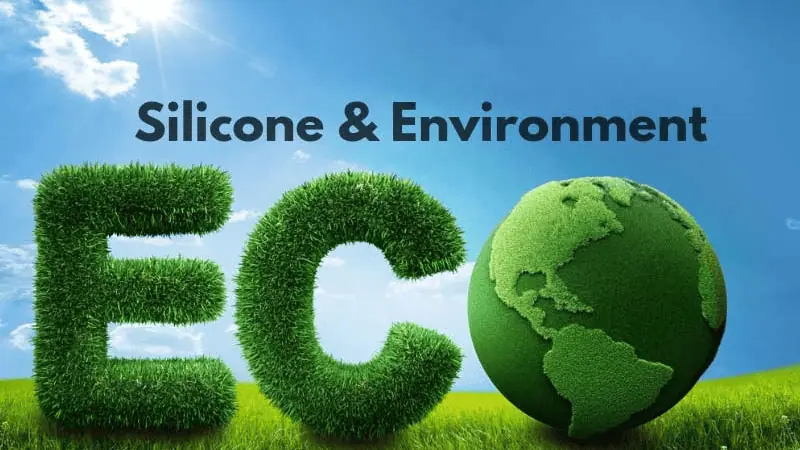
Of course, that does not mean it’s completely harmless. There are processes to create silicone that can harm the environment and leave carbon footprints.
But with proper application and education, we can minimize its adverse effects. For instance, the longer people use it, the lower the chances that it will become a waste problem in our landfills.
Continuously researching silicone should eventually produce new ideas and better ways to use and produce this versatile, durable, and flexible material.
Send Your Inquiry Now!
Quality Meets Affordability. Inquire Now for High-Quality Products at Low Volumes.
Conclusion
In summary, silicone stands out as a durable, reusable, and safer alternative to plastic. While it isn’t biodegradable, its longevity and recyclability make it an eco-friendlier choice.
By replacing single-use plastics with silicone products, both manufacturers and consumers can reduce waste and environmental impact, proving that silicone supports a more sustainable and responsible future.
Go Green with Hongju’s Sustainable Silicone Solutions!
As you explore eco-friendly alternatives to plastic, discover how Hongju’s silicone products balance performance and planet-friendly values.
With 20+ years of expertise, we support your sustainability goals through rapid prototyping, flexible low MOQs, and reliable mass production—all precision-crafted to accelerate your projects.